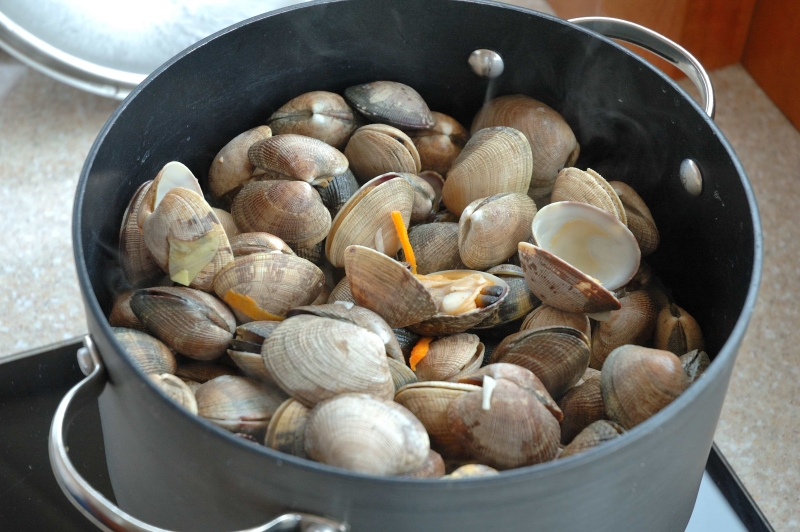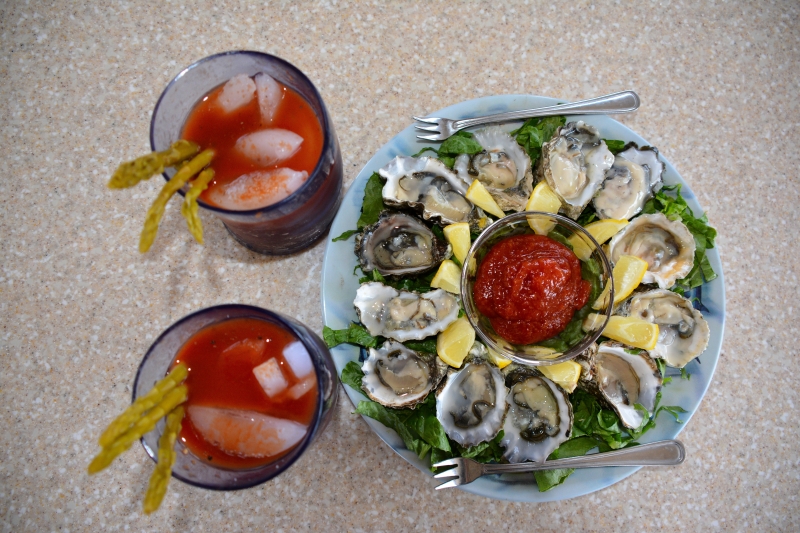How to Store Seafood on Your Boat
1st July 2024
One of the wonderful things about cruising our coastal waters is the abundance of fresh seafood. Whether it’s from the back deck, a local commercial fisherman, or even a fish market, it’s so good when it’s fresh. But sometimes there’s more than you need for one meal. How do you store seafood on your boat?

Any seafood must be cleaned before it goes in the refrigerator or freezer. And unless it’s something you’re keeping alive (such as clams or crabs in a bucket with holes in it over the side of the boat tied to a cleat), the sooner you clean your catch the better it will keep and taste. If you are lucky enough to catch a salmon, or any other fish for that matter, bleed it immediately after putting it in the net by cutting the gills and placing it on ice. This will remove the blood from the meat and allow the fish not to taste fishy and last longer in the refrigerator or freezer.
Unless you’re going to eat the seafood that same day, it’s best to store seafood by freezing it, unless your refrigerator can hold a low temperature. If you refrigerate it, be sure to put it in the coldest area of your refrigerator — near the chill plates. Even if your refrigerator will hold an appropriate temperature, it’s still best to freeze any seafood you’re not going to eat in 2 days.
To freeze seafood once it’s been cleaned, use towels, or paper towels and pat it dry. The drier you get it, the better — the less ice that forms, the better the texture will be when it’s thawed again.

Shrimp and prawns freeze better once they have been cooked. You won’t be able to tell it was ever frozen. Remember, they that they cook in a matter of minutes – once they turn pink in color. Clams can be frozen raw and in the shell.
Then vacuum seal it or put it in a Ziploc freezer bag and get as much air out of the bag as possible. Freeze it in meal portions – if there are two of you then two portions to the bag. An effective way to get the air out of a full Ziplock bag is to submerge it in a bowl of water keeping the zip above the waterline. The water around the bag will push the air out of the bag much better than trying to remove the air by hand. Be sure to label the bag with a permanent marker with what it is, date frozen, and number of portions.
Things that have sharp spines — like prawns with the shells on — need to be double bagged in either the vacuum bags or Ziplocs to try to protect the contents against holes in the bag and resulting freezer burn. Another approach is to cut the spines off with a pair of poultry sheers.
The faster the seafood freezes, the better it will be. Instead of just putting it on top of other things in your freezer, it’s good to take out some of the already-frozen food, put the added items in the middle, and then put the frozen items back on top.

When you’re ready to use the seafood, let it thaw in the bag. The best way to thaw seafood is to transfer it from the freezer to the refrigerator the day before you plan to cook it. This allows it to thaw gradually.
Immediately before cooking it, take it out of the bag and pat it dry again.
Enjoy your catch in the freshest way possible by following our tips on how to store seafood!


